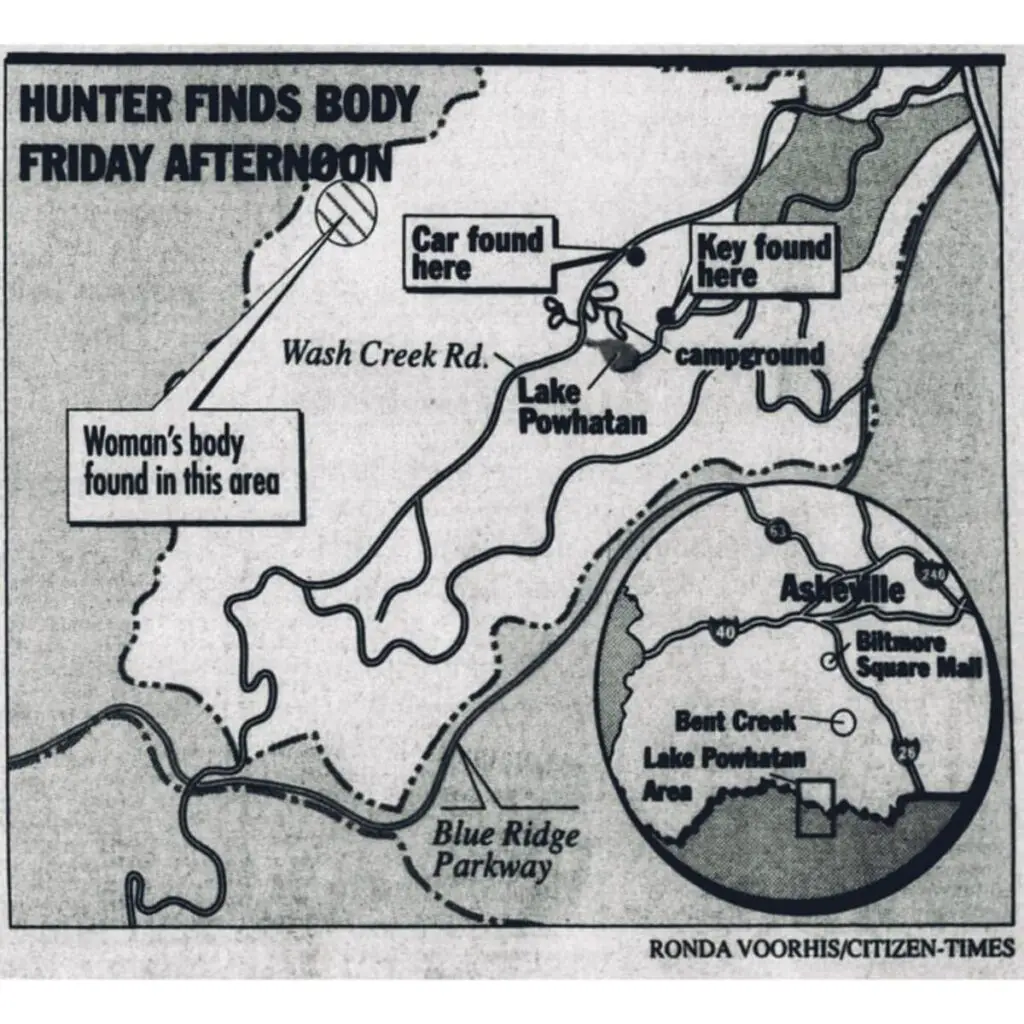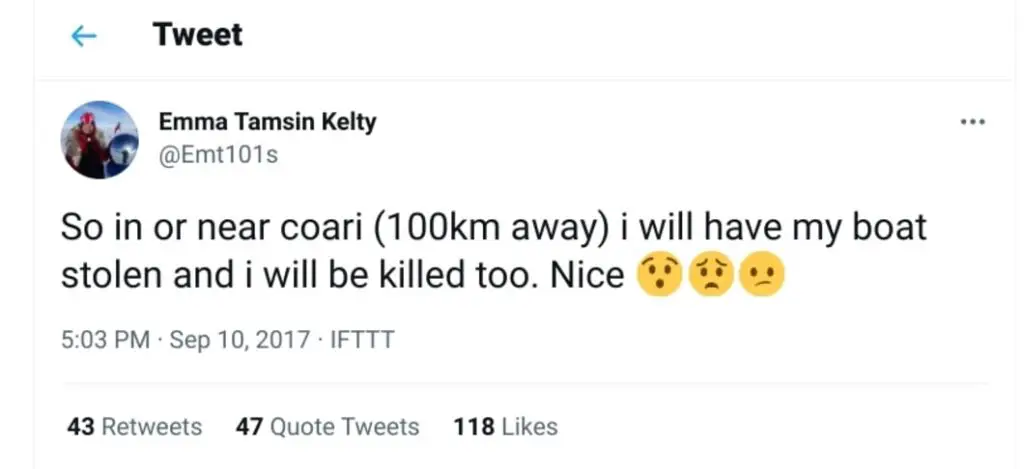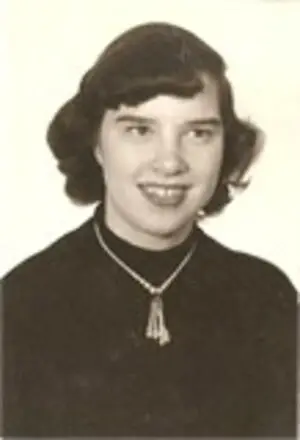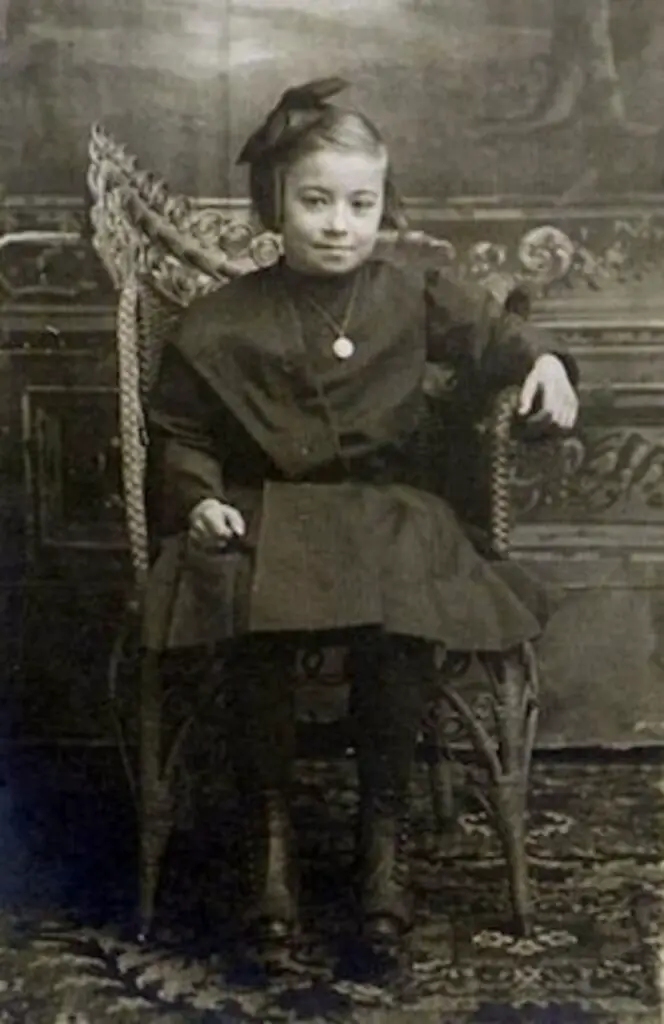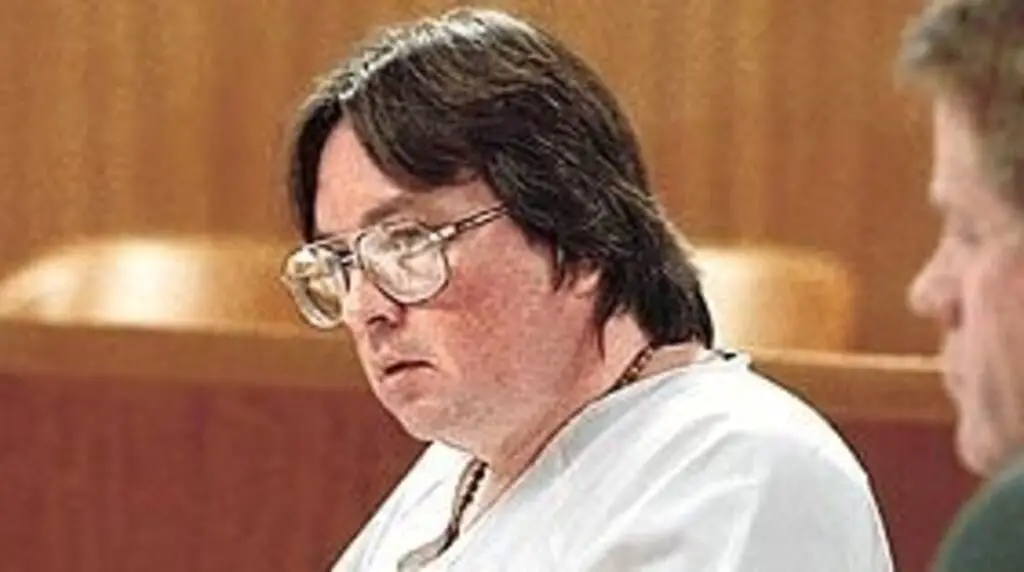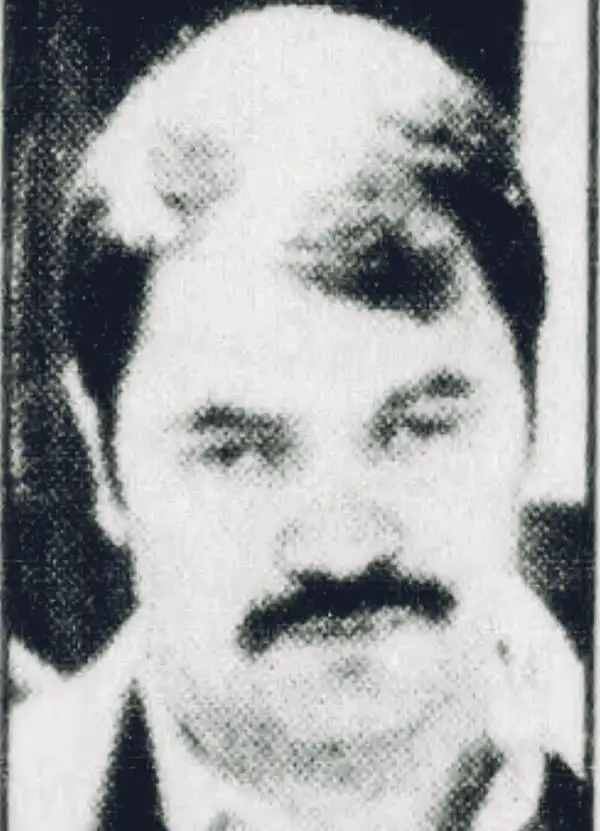The violence at the Democratic National Convention in 1968 shocked a fractured country. In a decade that had seen its share of bloody riots over the fight for civil rights, the Chicago Police Department’s attacks on protesters, innocent bystanders and journalists outside the convention were broadcast live on television.
Following the convention, a team in Chicago led by Illinois attorney Daniel Walker — who later became governor — was commissioned to document what occurred and to submit their findings to President Lyndon B. Johnson’s National Commission on the Causes and Prevention of Violence.
“Rights in Conflict,” more commonly known as the Walker Report, meticulously details throughout nearly 400 pages what occurred during that convention week. And its observations remain relevant today: The nation is once again witness to a high-stakes election year, there are protests over another war and questions remain when it comes to how the Chicago Police Department handles protests.
Fearing potential political or legal suppression of its findings in 1968, the team rushed the Walker Report to print just three months after the convention. The report boldly concluded that what took place amounted to a “police riot.”
Decades later, the 1968 Democratic convention week has spawned movies and the occasional historical look back. But the Walker Report itself, which one conservative columnist called “scandalous” and “anti-police propaganda” upon its release, is only readily accessible in its entirety through physical copies. As such, it has mostly been lost to history.
The 1968 convention commenced with the country on edge and bitterly divided over the Vietnam war.
The “long, hot summer” of 1967 saw racial uprisings as the civil rights movement persevered. Months ahead of his party’s convention, Johnson shocked the nation when he announced he would not seek another term as president. Martin Lurther King Jr. was assassinated outside of a hotel in Memphis, Tennessee. Amid the riots in the wake of King’s murder, Chicago’s longtime mayor, Richard J. Daley, ordered his police to “shoot to kill arsonists and shoot to maim looters.” And Robert F. Kennedy was assassinated while running for the Democratic presidential nomination.
Daley’s note to his police force, according to the Walker Report, emboldened officers during convention week. The report cites the city’s refusal to grant march permits and the police department’s dismissal of intelligence reports on plans to disrupt the convention as main factors that led to chaos.
“The nature of the response was unrestrained and indiscriminate police violence on many occasions, particularly at night,” the report concluded.
More than 10,000 protesters descended on Chicago for convention week. Many camped out illegally in Lincoln Park, a large public space near the city’s lakefront north of downtown. On Wednesday, Aug. 28, the crowds were filled mostly with politically active yippies, anti-war protesters, draft resisters and college students. The report notes, based on interviews with protesters, that most had no intention of being violent — but certainly expected violence.

Michael Kazin was in his early 20s and a member of the Students for a Democratic Society chapter at Harvard University when he decided to attend the convention.
“I was angry about the war in Vietnam and the Democratic Party was, of course, the party in power in the White House, which was prosecuting the war. So I went to Chicago to protest what we thought of as the war party,” he said in a recent interview.
He said he threw rocks at empty police cars and hung out in Lincoln Park. On Monday night, while leaving the park, he was arrested for disorderly conduct. He was released in the early morning hours on Wednesday.
Around 3 a.m. on Wednesday morning, as detailed in the Walker Report, several police officers carrying rifles entered the apartment where Kazin and other college students were staying. The officers kept the students at gunpoint while two others searched their belongings — without showing them a search warrant.
“We’re tired of demonstrators. In Chicago the police have guns and use them. We can smash your heads in and leave, or take you to the street and let others finish you off,” an officer reportedly told the group, according to the report, which mentions the officers didn’t wear badges or name tags, and did not show a search warrant.
The experience shook Kazin, and he left the city before nightfall — missing what would be the most violent day of protests.
“I thought the police were always a possible enemy of ours and there, of course, they were an actual enemy,” he recalled. “So it didn’t really change my views. It just deepened them. It made me more scared. I had never had a confrontation with police like that.”


By early Wednesday afternoon the crowd in Grant Park, outside of the Hilton Hotel where the convention took place — and separated by Michigan Avenue — swelled to about 10,000 people. Police vans and squad cars lined the park roadways, helicopters flew above and National Guard troops stood at the ready.
The violence was spurred by a young man attempting to climb a flagpole in the park and lower the American flag. Police grabbed the man down and began to beat him, according to witness interviews.
“Look at what they are doing to your brothers; are you going to let those lousy pigs do that to your brother?” a protester asked the crowd.
In response, protesters began to throw sticks, paint and bricks at the officers. Organizers were eventually able to regain control of the crowd and calm them down. But the police advanced on the crowd anyway.
According to the Walker Report, one St. Louis journalist later observed: “In the wink of an eye, the police appeared to have lost all control.”

Officers chased demonstrators and beat them, hitting them in the head. Women were knocked over and trampled by the fleeing crowd. Bystanders, including both the young and the elderly, were beaten too. Some officers even threw tear gas directly in the faces of demonstrators. Photojournalists stood bloodied. Police supervisors screamed at rank-and-file officers to stand down and follow orders. Their commands were ignored.
Upon its completion three months later, the Walker Report noted that most officers faced no disciplinary action, and argued that this could weaken police ties with the community. “There has been no condemnation of these violators of sound police procedures and common decency by either their commanding officers or city officials,” the report said.
The report found police made more than 660 arrests during the convention — mostly young men with no criminal record — and injured a significant number of protesters. Police officers were also injured, most by thrown objects. Despite the chaos, police did not shoot anyone and no one died.
Following convention week, the city released its own report, blaming much of the violence on “radical” protest leaders — seven of whom would be federally indicted on conspiracy charges. Their convictions were later reversed on appeal.
Chicago Mayor Richard J. Daley issues a statement concerning the disruption of the 1968 Democratic National Convention by “terrorists” and the city’s attempts to maintain order.
The Walker Report, which included no policy or legislative recommendations, was submitted to Johnson’s National Commission on the Causes and Prevention of Violence. In order to document the failures of the city and police, and the agitation of certain protesters, the team of roughly 200 staffers analyzed more than 3,400 eyewitness statements, 12,000 photographs and nearly 200 hours of film.
That commission’s final report, published in 1969, includes a chapter on civil disobedience. The report notes that dissent is a catalyst for progress and that most demonstrations are nonviolent — while also condemning those who break the law. In its brief mention of the 1968 convention, the national commission compares the Chicago police department’s response to the actions of White Southerners who resisted the rights of Black people and those of the Alabama state troopers who disrupted King’s march on Selma in 1965.
Its overall conclusions, however, were similar to the findings of the well-known Kerner Commission Report — a landmark document on the 1960s “race riots” — and suggested that the country’s turmoil could be addressed by investments in employment and education.
Leonard Steinhorn, a communications and history professor at American University, said in an interview that what happened in Chicago in 1968 was “extremely consequential,” not just in providing Republican nominee Richard Nixon a talking point for his winning campaign for presidency, but in illustrating contradictions within the Democratic Party.
“Chicago looms very big symbolically, culturally, politically — from a communications perspective — in terms of how it reshaped the political dialogue,” Steinhorn said.
He described the Walker Report as exhaustive in its detailing of what occurred during convention week.
“The Walker Report does stand as sort of a monument to evidence gathering, regardless of whether people want to believe that evidence or not. But if we don’t have that evidence, we become much lesser as a democracy,” he said.
Nearly 60 years later, the War in Vietnam is long over, and its atrocities are well-known. The yippies are now aging boomers. The Black Panther party has dwindled.
Yet the nation is once again at a crossroads. Another sitting Democratic President — Joe Biden — has dropped out of the race, and the possibility of a controversial Republican president in the White House looms large. There is another anti-war movement, this time against Israel’s U.S.-backed war on Gaza — with protests fueled by college students. This issue has been particularly fractious among Democrats, and Cook County — which includes Chicago — is home to the largest Palestinian population in the country, according to 2020 U.S. Census data.
Chicago’s mayor and police chief are now Black, and the rhetoric of “shoot to kill” isn’t being repeated this time around.
The location of the convention has been moved from downtown Michigan Avenue to the United Center, near the city’s majority-Black West Side.
But some issues remain eerily familiar.
In May, demonstrators sued the city over denied march permits ahead of convention week, arguing that the city’s parade permit ordinance is “constitutionally defective.” One of the lead plaintiffs is Bodies Outside of Unjust Laws, a coalition fighting for reproductive and LGBTQ+ rights.
Andy Thayer is a longtime Chicagoan and a member of the coalition, and worries that the focus on security and march permits distracts from issues like the war in Gaza, the crackdown on reproductive rights and violence against LGBTQ people.
“We’re faced up against a city which has got a long history of denying permits for protests on issues that they do not like. And this goes all the way back to the Chicago 1968 convention,” Thayer said.
The city’s Department of Transportation said in a statement that it could not comment on ongoing litigation, but that demonstrators will be able to protest “within sight and sound” of the United Center. The statement said political affiliation is not considered when reviewing permits. However, no parade permits near the United Center have been approved.
The city’s police department has continued to struggle with how it handles major protests — most recently in 2020 following the murder of George Floyd.

One major difference compared with ’68 is that the department is under a federal consent decree following years of widespread police abuse and misconduct. As a result, the actions of the department are now closely monitored. But more than five years into its consent decree, the department has fully complied with just 8% of its list of court-mandated reforms.
“All of those policies are on paper now, in contrast perhaps to 1968 — even in contrast in some cases to 2020. What remains to be seen is whether officers are adequately trained and held accountable to those requirements,” said Alexandra Block, an attorney with the ACLU of Illinois.
A report by the city’s inspector general in early 2021 concluded the police department was “underprepared and ill-equipped” to handle the mass protests in 2020. The report said the Chicago police’s ability to conduct mass arrests was disorganized, and officers submitted incomplete records. The lack of record-keeping, including body worn-camera footage, also hindered investigations into complaints of excessive use of force.
Police “senior leadership failed the public they are charged with serving and protecting and they failed the Department’s rank-and-file members and front-line supervisors, who were at times left to high-stakes improvisation without adequate support or guidance,” the inspector general’s office noted in its report.
The office released a follow-up report in May noting some of the police department’s improvements, but still expressed concerns that police “response to a large gathering may deteriorate in practice.”
Ahead of the Democratic convention, the police department has revised its policies on policing protests and conducting mass arrests — both of which were finalized last week. Notably, its policy on mass gatherings explicitly mentions constitutional protections for free speech and against unreasonable searches and seizures. The policy also says a person will not be arrested unless they pose a safety threat or are ignoring a dispersal order.
The Chicago Mayor’s Office did not respond to specific questions about the convention or the Walker Report. In a statement, the administration acknowledged its role “in safeguarding First Amendment rights while ensuring public safety.”
The statement added that “Chicago takes pride in its history of successful conventions, and we are dedicated to honoring that legacy by addressing concerns and respecting the rights of everyone involved – from delegates to demonstrators, and every resident in between.”
The Chicago Police Department did not respond to questions. Instead, a spokesman for the department referred to comments made last month by Superintendent Larry Snelling, who said officers are being trained in platoons to handle large protests and that the training is rooted in protecting the constitutional rights of demonstrators.
“Physical responses to violence and civil unrest on the part of those who come here with plans to damage the city, the reputation of the city or to hurt people — the response is never going to be pretty, but it will be constitutional,” Snelling said.
If the response next week by the city and police department goes upside down, comparisons to ’68 will likely dominate news headlines.
Either way, the conclusion of the Walker Report remains hauntingly prophetic.
“Surely this is not the last time that a violent dissenting group will clash head-on with those whose duty it is to enforce the law,” the report said. “And next time the world will still be watching.”














